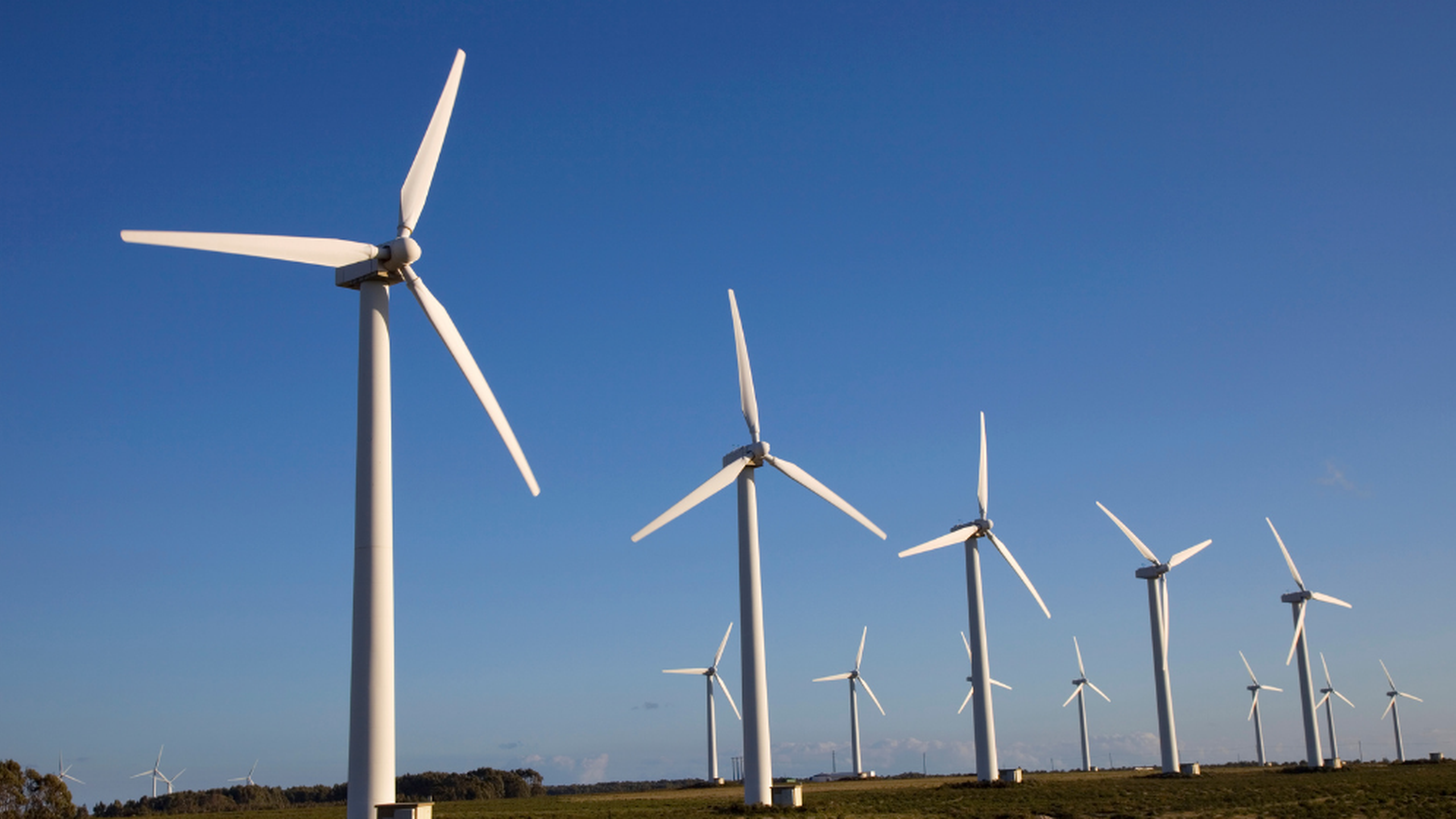Running a wind portfolio with turbines from multiple manufacturers can be a real headache.
From our experience monitoring over 1,900 turbines across 137 models, one thing is clear: no two turbines behave alike. Each model has its operating modes, alarm logic, and maintenance plan. On the field, each turbine also develops its own “personality,” with unique patterns, quirks, and weak points—creating real challenges for owners.
To make matters more complex, each OEM (Original Equipment Manufacturer) has its own maintenance practices, and these differences are often magnified across countries. For example, with one of our clients, a French team independently executed rotor balancing, while the same OEM’s team in Poland needed corporate approval for the same task. These variations complicate priorities and increase operational costs.
The Challenges of Multi-OEM Wind Portfolios
From the data we’ve gathered and the fleets we’ve monitored, here are the three main challenges owners of multi-OEM portfolios face most often.
◆ Fragmented data – Comparing performance across OEMs is difficult when each report looks different.
◆ OEM-driven corrections – Limited visibility into why and how actions are taken hinders decision-making.
◆ Uneven performance – Some turbines get fully optimized while others fall behind, reducing overall efficiency.
A consistent strategy is needed—one that unifies monitoring, clarifies interventions, and drives reliable performance across all turbines.
Some Tips to Solving it
Here are key takeaways from our work with Windfit users to standardize performance in multi-manufacturer portfolios:
✅Unified Monitoring – Measure the same parameters across all turbines and normalize data to each turbine’s “personality” (tower frequency, rotor diameter, yaw speed, etc.). This makes cross-wind farm comparisons easier and helps identify if an issue is OEM-specific and requires a systematic approach (e.g., Nordex N90 aero-sensitivity) or site-specific (e.g., local wind-related vibrations level).
✅ Cross-OEM Maintenance Benchmarking – Select a few KPIs to evaluate how maintenance is performed and use them to strengthen relationships with OEM service teams. For example, we measured correction times for pitch issues: depending on the manufacturer, it ranged from 1.5 to 9 months between detection and resolution.
✅ Guided Corrections – OEMs know their turbines best and have highly skilled teams, but resources are limited. Instead of waiting, asset owners can make the most of the on-site teams to get an explanation of the methods and then request these proven strategies be applied when needed.
With this approach, asset owners regain control and optimize their entire fleet, rather than being constrained by each manufacturer’s methods..
From Complexity to Clarity: Optimizing Mixed Fleets
At Sereema, we’ve spent years helping OEMs and asset managers navigate mixed portfolios. With expertise across Vestas, GE, Siemens, Nordex, Enercon, and more, we understand the operational patterns and optimization needs of each turbine model.
Independent monitoring with Windfit turns complexity into clarity, giving asset owners the insights they need to compare performance fairly, implement targeted corrective strategies, and optimize every turbine—no matter the manufacturer.
Want to know more ways to simplify multi-OEM portfolio management? contact us
Sereema Team
